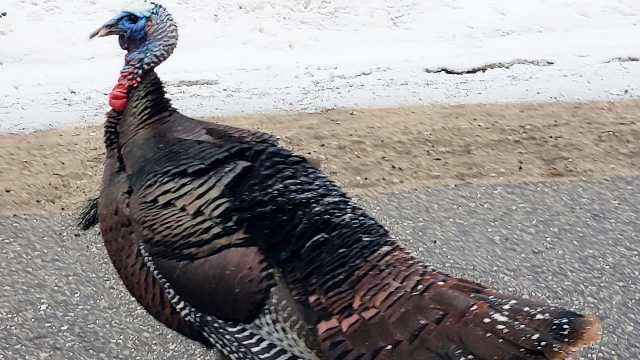By Caitlynn Canfield
The beginning of April brings spring turkey season closer in the Upper Peninsula. Many people view this as an optimal time to hunt turkey, since it’s an isolated season and doesn’t overlap other hunting seasons like fall turkey season. It’s a time when you can focus on only turkey hunting, and the woods won’t be overly crowded with deer hunters and small game hunters. It’s a time to dust off your turkey calls and decoys to go listen for early morning gobbles, and maybe see a tom strutting.
Like all hunting, take into account the habit in which your target game lives. You should keep track of roosting sites, where they might go for food and water, and open spots where you’ll be able to pick your prize turkey out of the flock, without danger of shooting more than one. All this information will go into where you’ll want to sit, or walk, depending on how you hunt.
Turkeys are said to be more active in the mornings or late afternoon. Calling for a turkey in the morning can produce great results, because they are fresh and ready to start chasing hens.
Another good thing to know is the age a turkey could be depending on spur size and beard color. Spurs less than half an inch are said to be juveniles, while one to one and a half inch spurs are usually around three years of age. Beards on the other hand, give less information. If the beard has amber coloration, it’s usually one to two years old. Older turkeys have little to no amber tint in their beard.
Make sure to buy your turkey license soon if you haven’t already, since they have a limited number of tags to sell. Good luck in the woods!
Caitlynn is a senior at Newberry High School.












